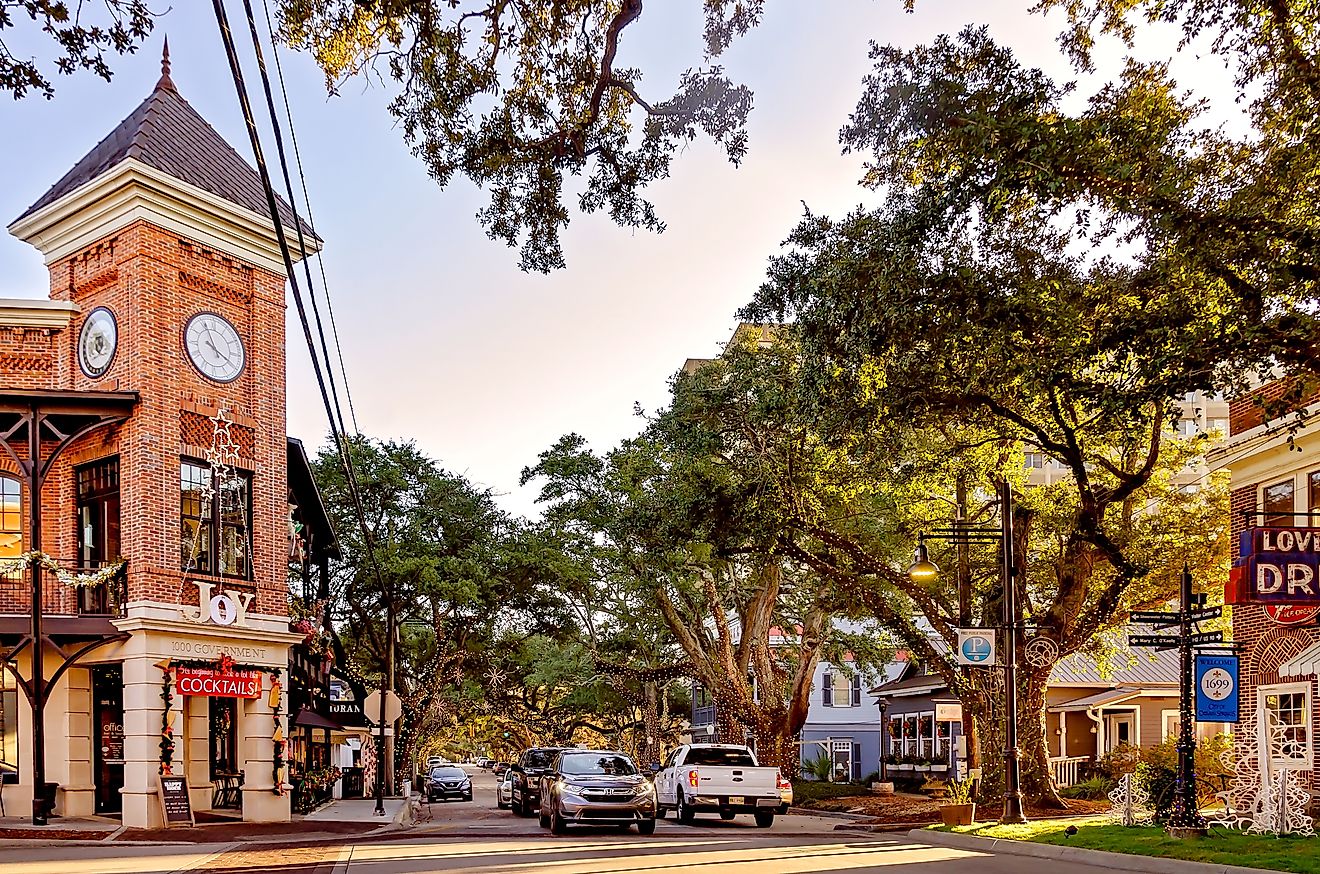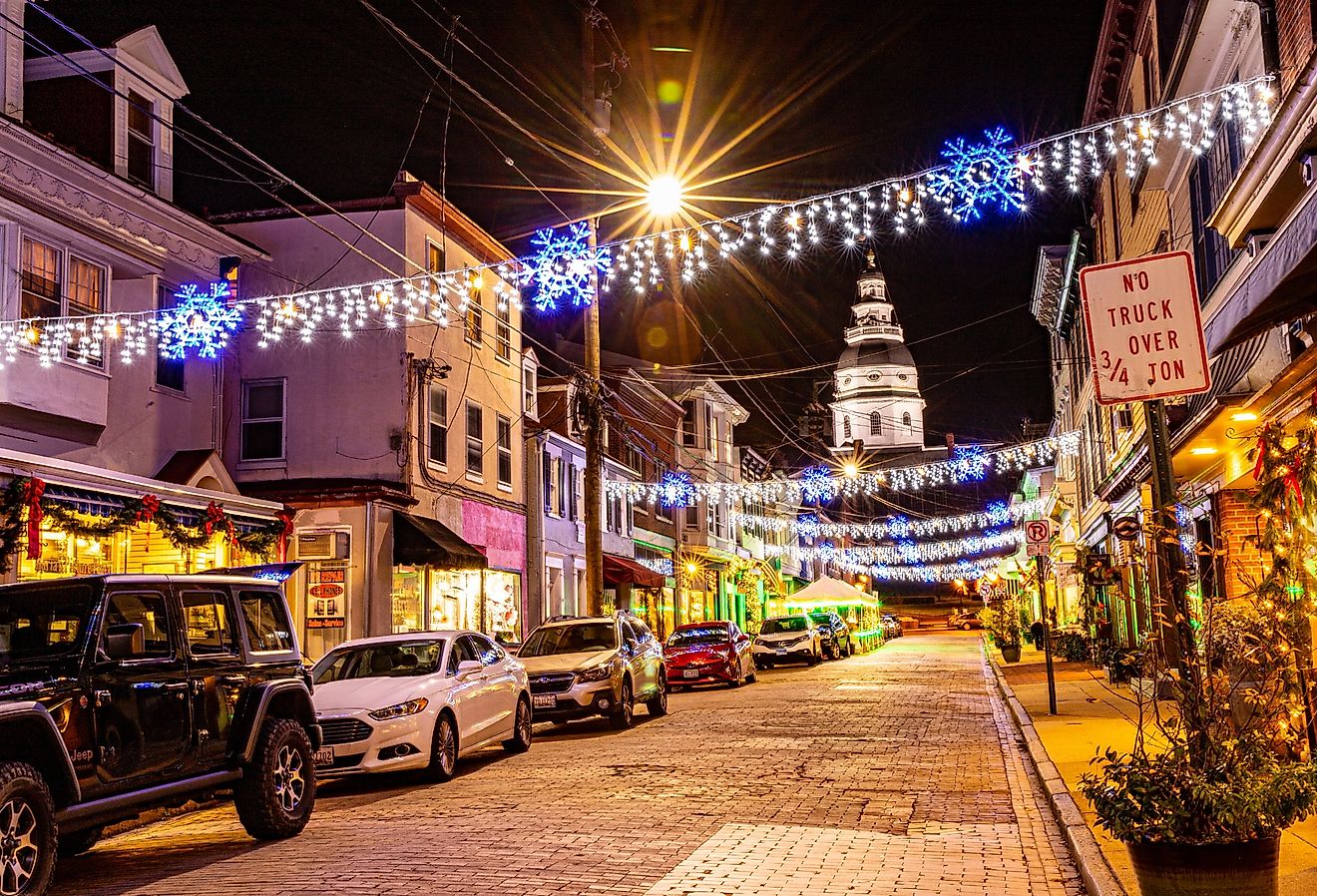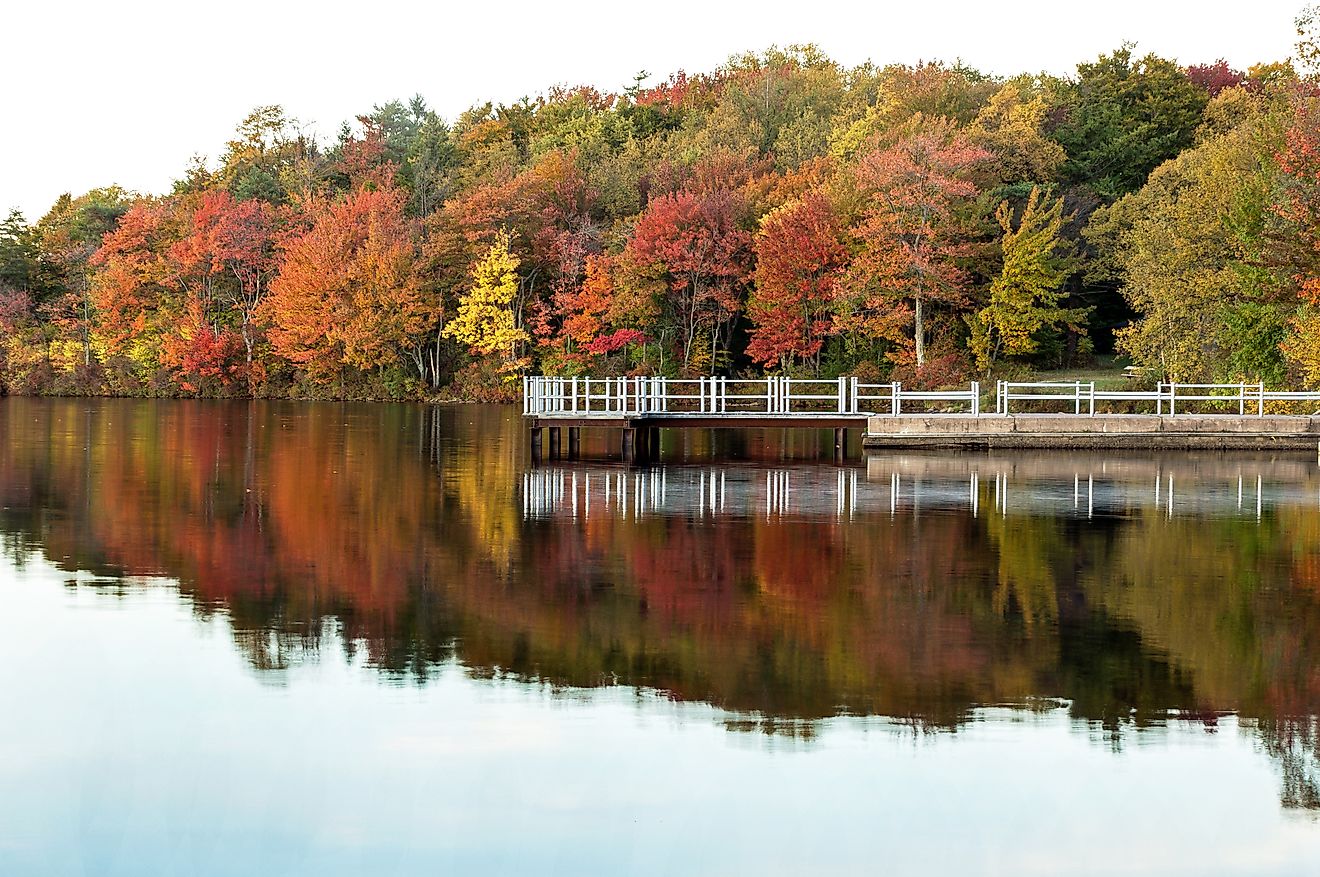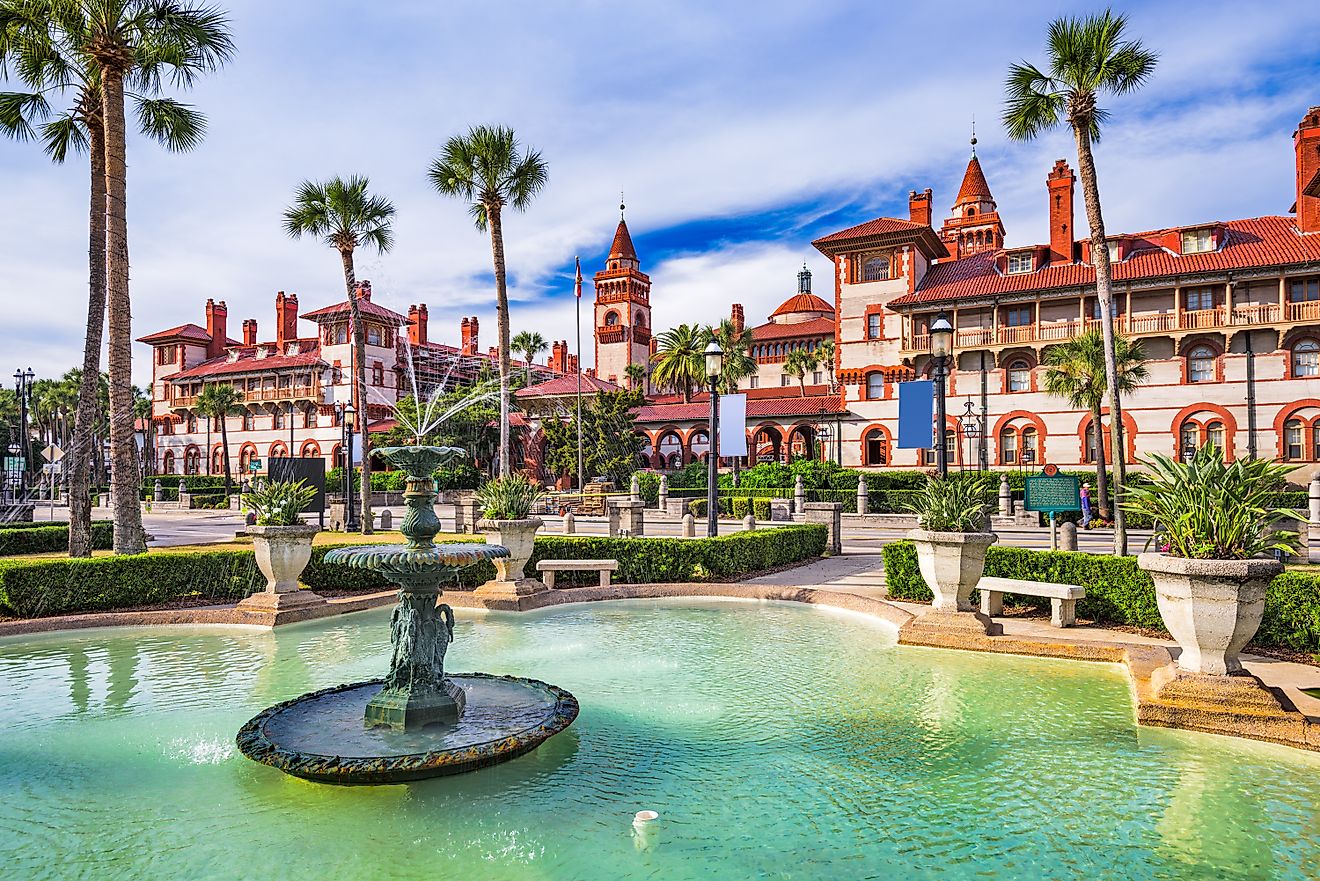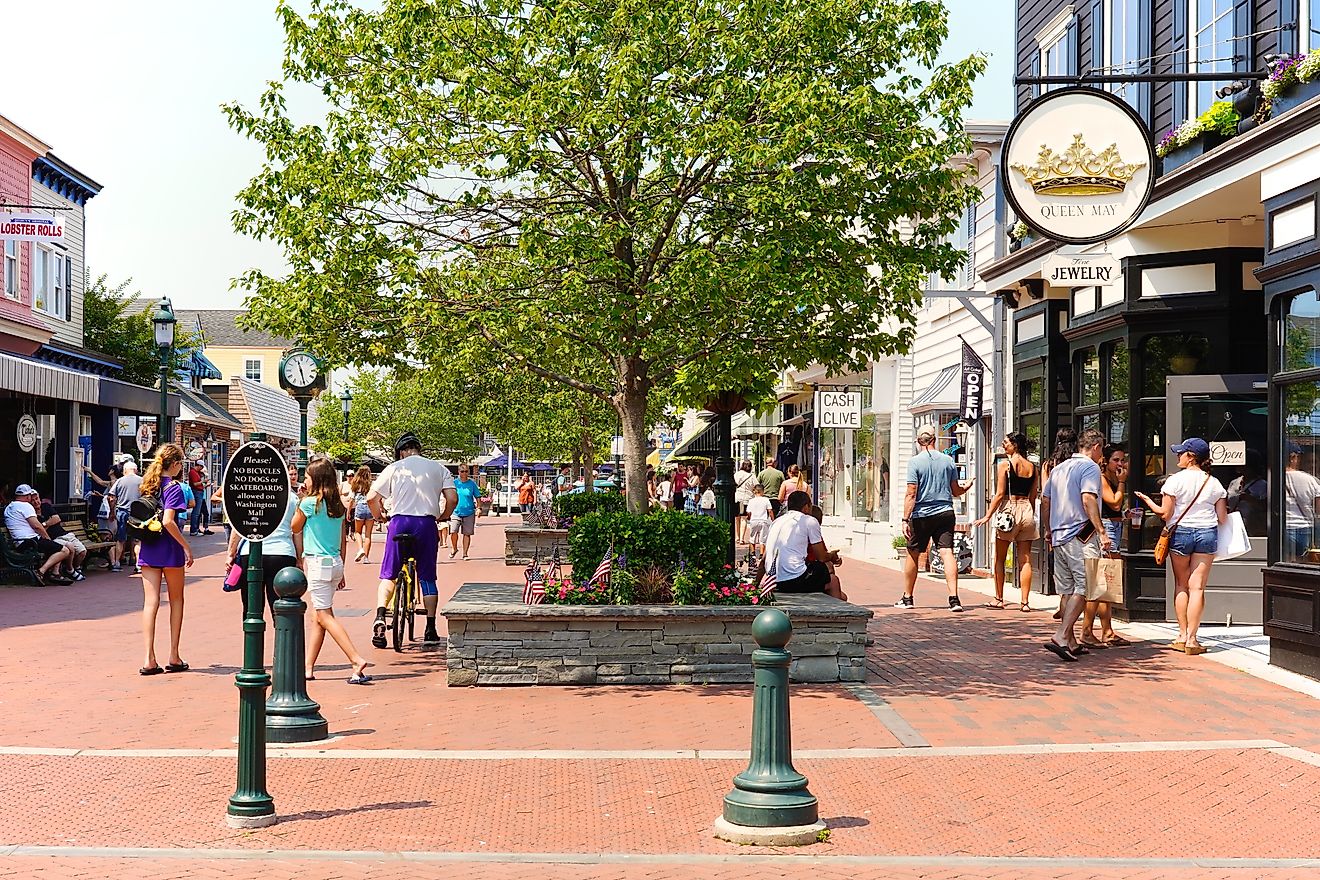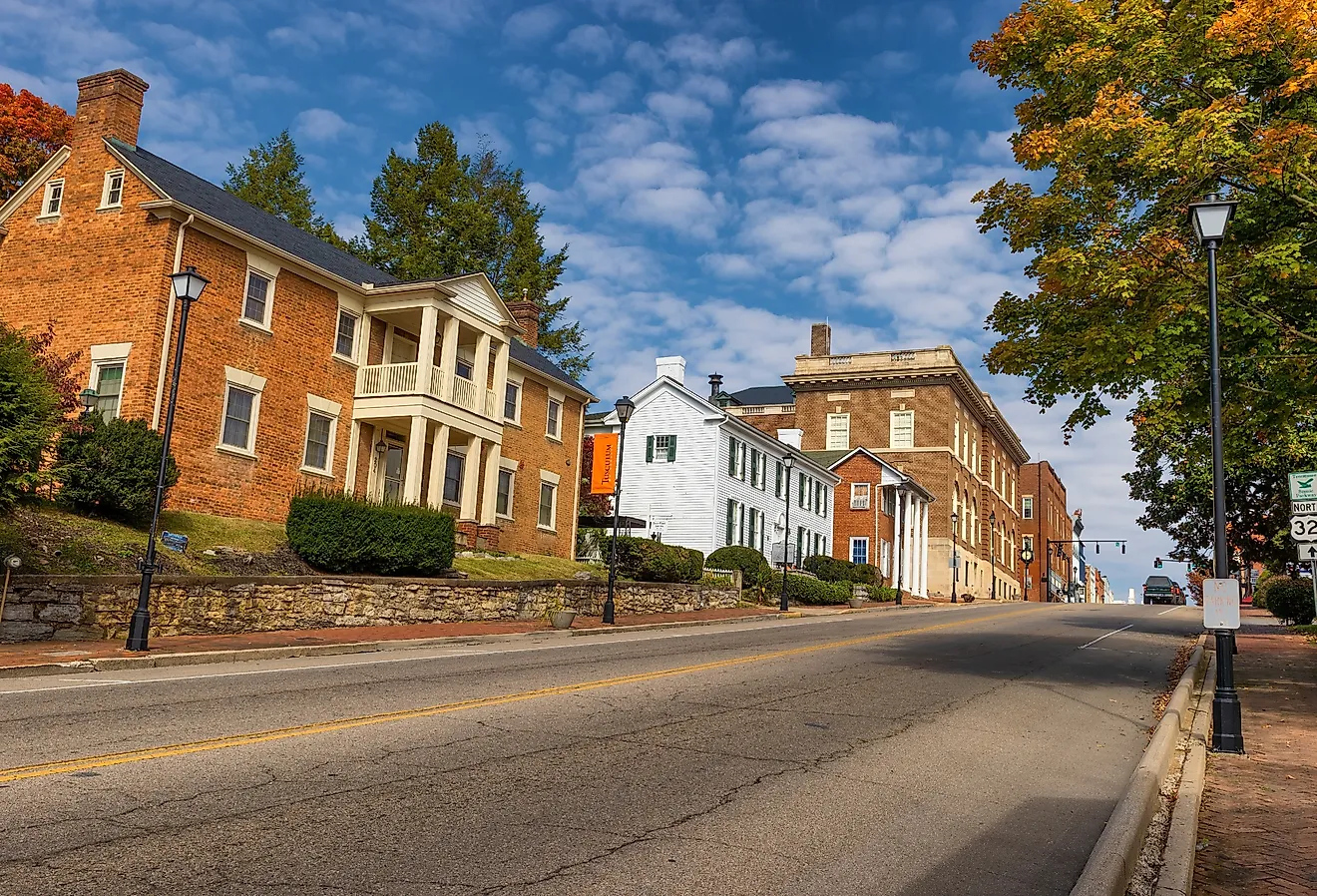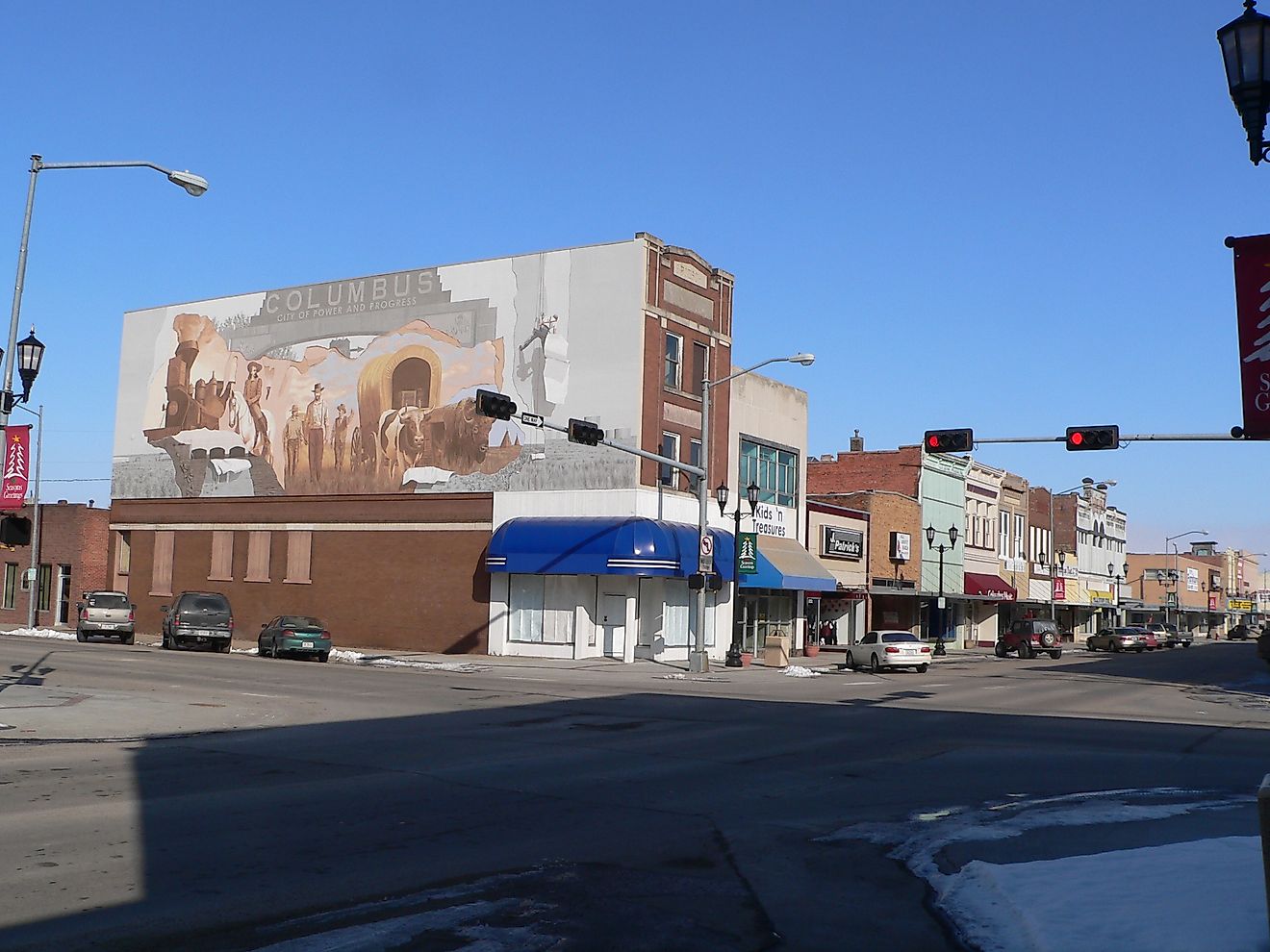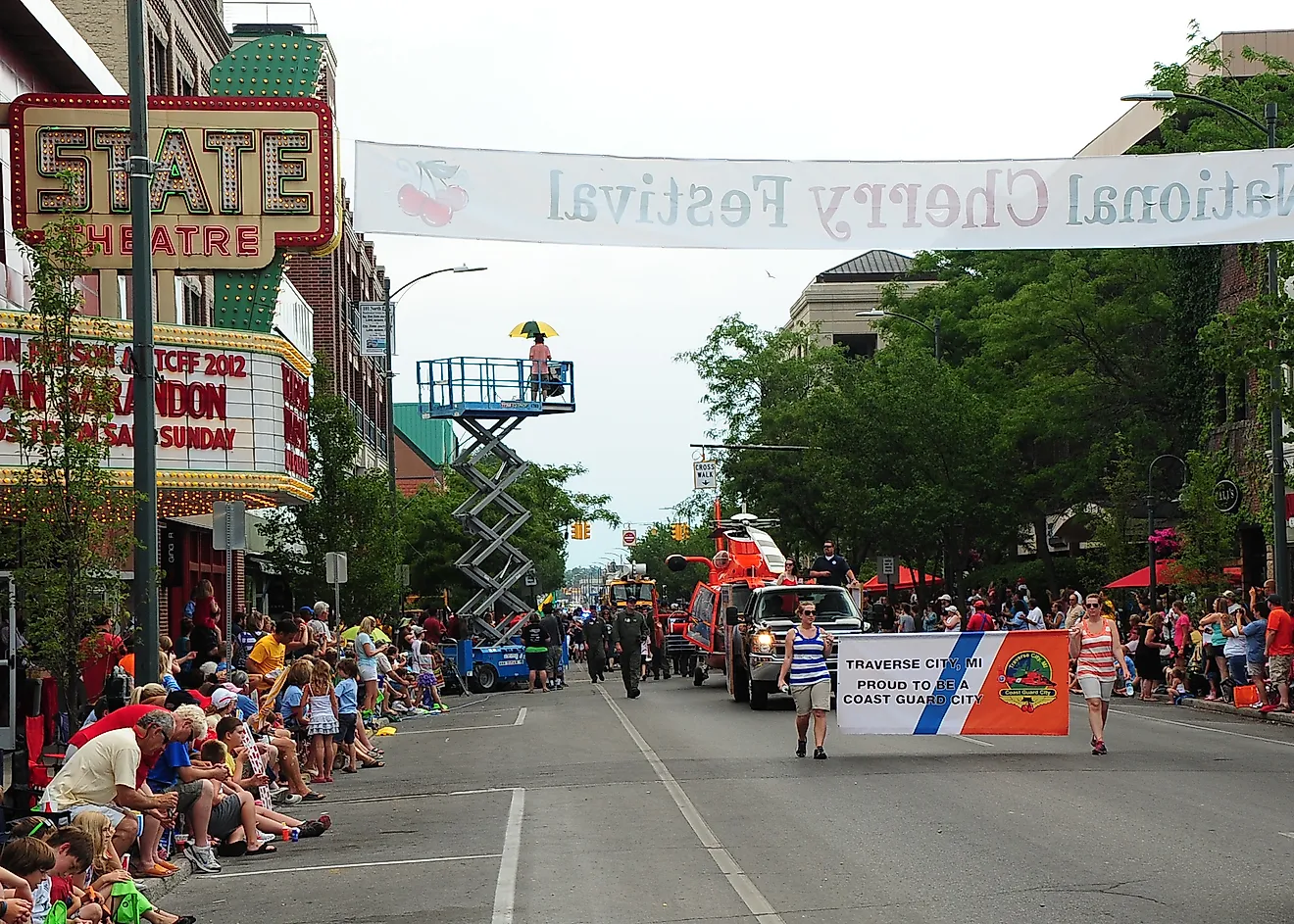
5 Old-Timey Mining Towns In Missouri
Rich in natural resources, Missouri‘s mining industry can trace its history back 300 years. Early settlers were eager to use its iron, lead, and coal deposits and moved into the region in the 1800s, establishing camps that gradually grew into communities.
Central and southeast Missouri became known as the Lead Belt, producing about 70 percent of the country’s mined lead. At its peak, Missouri's historic lead production was valued at nearly 5 billion dollars. Southwest and northern Missouri also experienced rapid growth, becoming significant centers of the state’s coal-mining industry. These old-timey towns still reflect this period in their architecture and attractions.
Granby

Founded in the mid-1800s, Granby is one of the oldest mining towns in southwest Missouri and was once home to the Granby Mining and Smelting Company, a major 19th-century mining operation that began in 1857. Visitors can learn about the people who worked below the surface at the Granby Miners Museum, housed in the oldest building on Main Street, a former mercantile store. The museum is easy to spot from its colorful murals that depict mining scenes. Inside are photographs, mining tools and helmets, rocks, minerals, clothing, and other memorabilia.
After exploring, visitors can eat at a local hotspot, the WH Farm Cafe Mining Co. This locally run cafe serves traditional diner food with a farmhouse style. The hearty Farmers Breakfast works well for a mid-morning meal.
Before leaving Granby, stop at the George Washington Carver National Monument, located about 11 miles north of town. The park preserves the birthplace and childhood home of the inventor and educator who overcame poverty and discrimination to become one of the country’s most prominent scientists.
Novinger
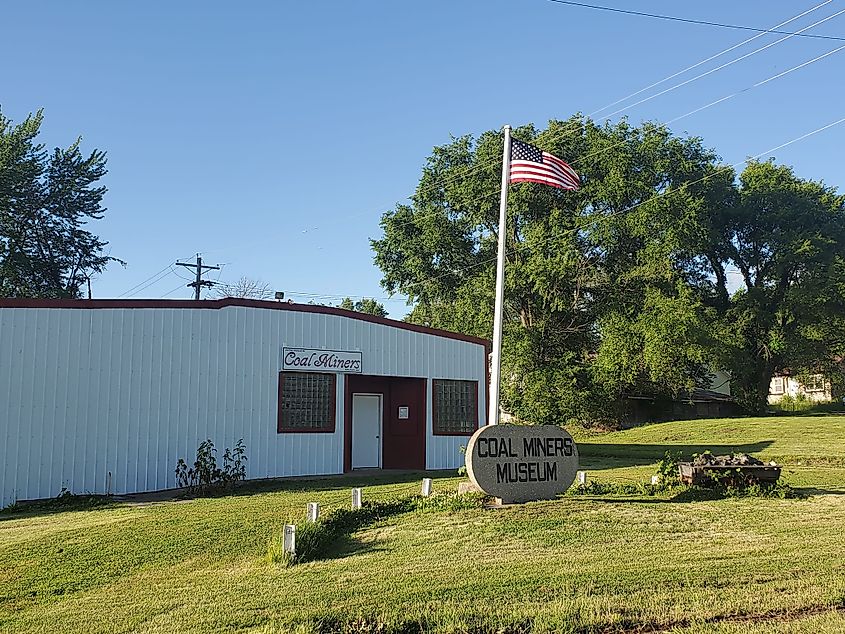
Novinger is a small coal town in the hills of northeast Missouri with a long history. Founded in 1878, the town experienced a coal boom in the early 1900s that supported its growth. Between 1880 and 1966, the area was home to more than 50 coal mines.
The town’s story appears at the Coal Miners Museum, which contains a simulated coal mine and blacksmith shop, antique farm tools, and other memorabilia. A block north of the museum is the Log Homestead, a historic property built in 1848 by local miners. It contains period furnishings and artifacts that reflect early life in the region.

A short drive southeast of Novinger is Thousand Hills State Park, a scenic preserve where visitors can swim, boat, hike, camp, and watch wildlife. The park also contains ancient petroglyphs, dated to about 1,500 years ago, created by the area’s early inhabitants. The property includes a marina, general store, and restaurant.
Rolla

Rolla sits in a mineral-rich part of south-central Missouri and became a key player in the state’s mining industry when the Missouri School of Mines and Metallurgy was founded here in 1870. Now the University of Science and Technology, the campus includes the Kennedy Experiment Mine Building, an interactive laboratory used by students to gain firsthand knowledge of engineering tools and mining techniques. Visitors can take guided tours of the mine and visit the university’s mineral museum, which contains displays from the 1904 World’s Fair in St. Louis.

The Audubon Trails Nature Center is a quiet place to walk and observe local habitats. The 70-acre preserve contains tall-grass prairie and oak forest, along with five miles of hiking trails and shaded picnic pavilions.
For evening plans, the Ozark Actors Theatre hosts year-round performances. The theatre is in the historic Cedar Street Playhouse and is one of four professional summer stock theatres in out-state Missouri. Visitors staying overnight in Rolla can check the schedule for current shows.
Park Hills

In the heart of Missouri’s lead belt, the area now known as Park Hills began when French settlers came to the eastern Ozark Mountains in the 1700s to mine for lead. The St Joe Lead Company was among the first to commercialize the mines, and its former properties are preserved at the Missouri Mines State Historic Site. The site includes the Powerhouse Museum in a former processing plant, where visitors can view vintage mining equipment, exhibits on Missouri geology, and one of the Midwest’s finest mineral collections.

St Joe State Park is another key attraction in Park Hills. The park has four lakes, two swimming beaches, picnic facilities, and hiking trails.
For a break in town, the local craft brewery, Four Towns Brewing Company, is a family-owned spot in the center of downtown. The brewery serves craft taps and seasonal brews, along with occasional specialty drinks. Their handcrafted mead is available for those who want something different.
Bonne Terre
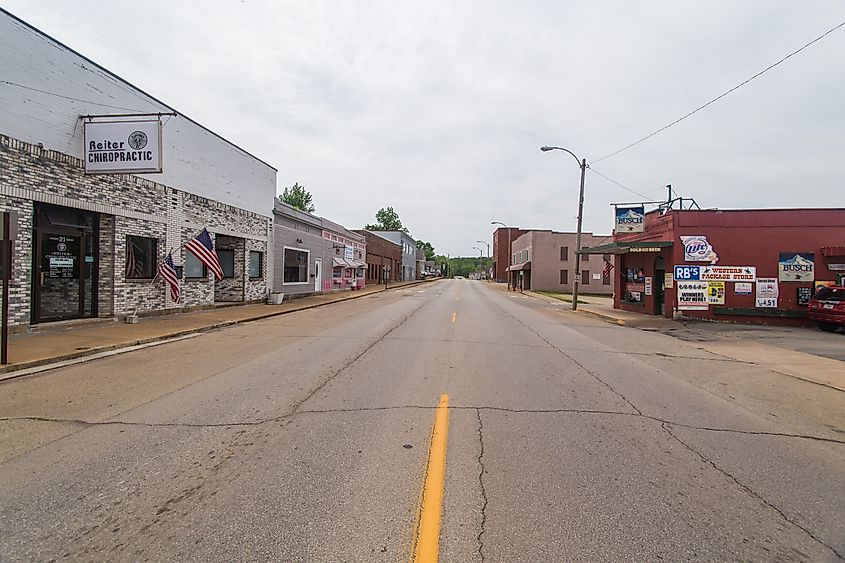
Bonne Terre’s French name, meaning “good earth”, reflects its central role in Missouri’s mining past. The town grew around the Bonne Terre Mine, one of the earliest deep-earth lead mines and once the largest producer of lead ore. The mine operated from 1864 until it closed in 1962. It is now a tourist attraction named one of America’s Top 10 Greatest Adventures by National Geographic. Bonne Terre Mine has five levels reached by a 65-step staircase that leads into the caverns below. The lower levels contain a lake with about 17 miles of shoreline and clear water. Visitors can join boat tours of the lake or take guided scuba diving trips. Tours are currently suspended, pending resolution of a lease and legal dispute, so verify availability before planning a visit.
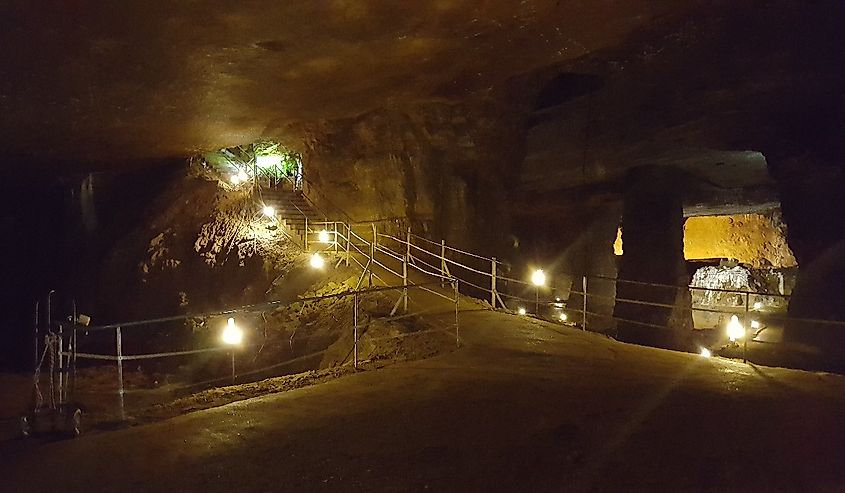
The Space Museum and Grissom Center in downtown Bonne Terre traces the history of space exploration. It is named for astronaut Gus Grissom, the second American in space.
St Francois State Park sits near town along the Big River. The park has three hiking trails, woodlands, picnic areas, and campsites, and the forests turn vibrant in the fall.
Tracing Missouri’s Mining Heritage
Mining helped shape Missouri, bringing money into the local economy, creating jobs, and forming close-knit communities of mining company workers. The legacy of this long-running industry remains visible in towns across the state. These historic communities keep their mining roots present through preserved sites, museums, and local landmarks. Visitors can take boat rides across an underground lake, see where George Washington Carver was born, tour a miner’s log homestead, or try craft beer among Missouri’s hills. There is history both above and below ground in this region that once powered the state’s growth.
